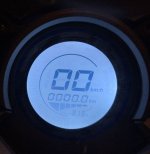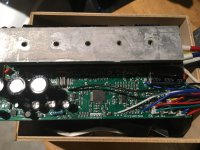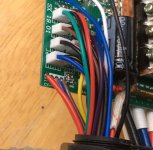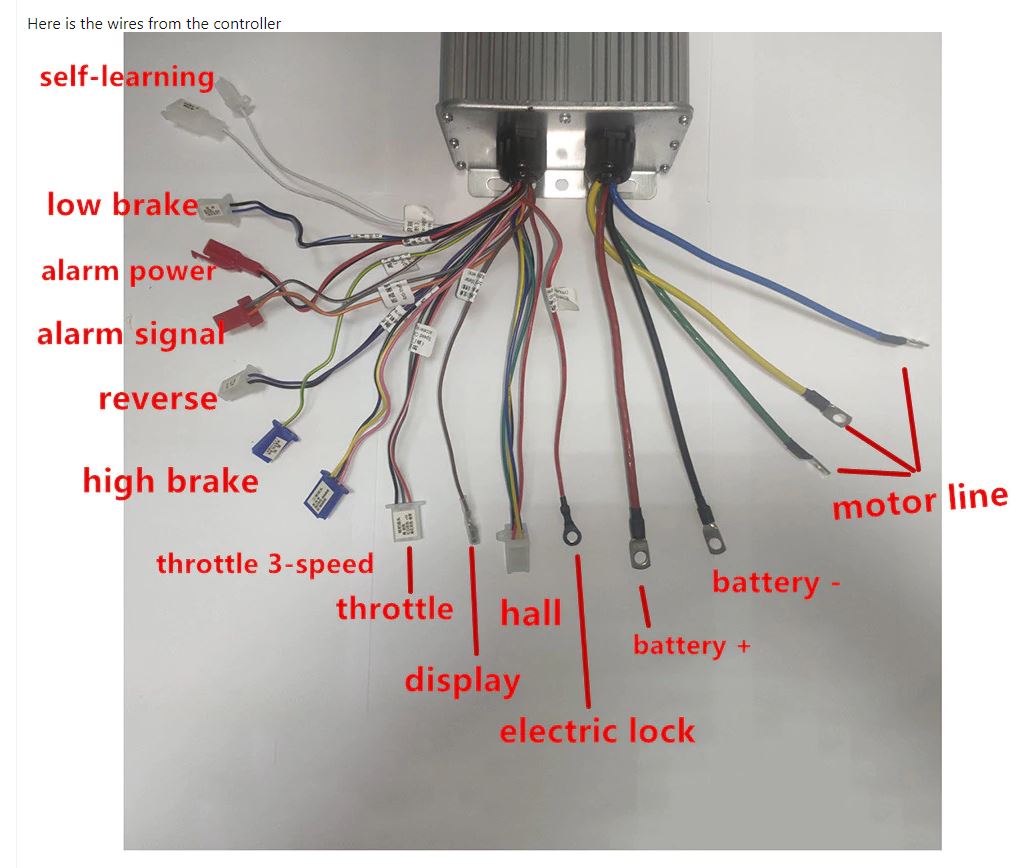Tom on 101
100 mW
I recently swapped out my controller from a simple ebike controller to an ASI Bac4000. The controller is great and really smooth. But by swapping I lost some features from my old controller, the speedo and a Phase line Meter? This feature showed realtime current when throttling and realtime regen when off throttle, seen through a dash display. It's hard to find any information on how this feature worked or how to recreate the signal. It is a single line connection to the harness up to the dashboard for both speedometer and current monitoring if I'm right. So my dash harness has a voltmeter that can handle 84 volts. My issue is that I don't understand what the previous controller was sending through this signal line. surely not the full voltage?? Is there a shunting system which would help me with this? This line also seems to be the only speedometer line as well which is very confusing? The controller manual only has this line of info.
"Real-time battery current monitoring system make sure the output current will not
excess the maximum battery working current"
Make sense, don't want to fry the voltmeter embedded in the dash. But what kind of signal does the dash expect?
AND in the connector description, they call it a speedometer so there must be a dual function??

Thank you for reading this lamentful post and any help would be appreciated.
72 volt 80 Ah battery
Old controller was a YUYANG KING series high-power BLDC motor controller
New controller is an Bac4000
"Real-time battery current monitoring system make sure the output current will not
excess the maximum battery working current"
Make sense, don't want to fry the voltmeter embedded in the dash. But what kind of signal does the dash expect?
AND in the connector description, they call it a speedometer so there must be a dual function??

Thank you for reading this lamentful post and any help would be appreciated.
72 volt 80 Ah battery
Old controller was a YUYANG KING series high-power BLDC motor controller
New controller is an Bac4000







